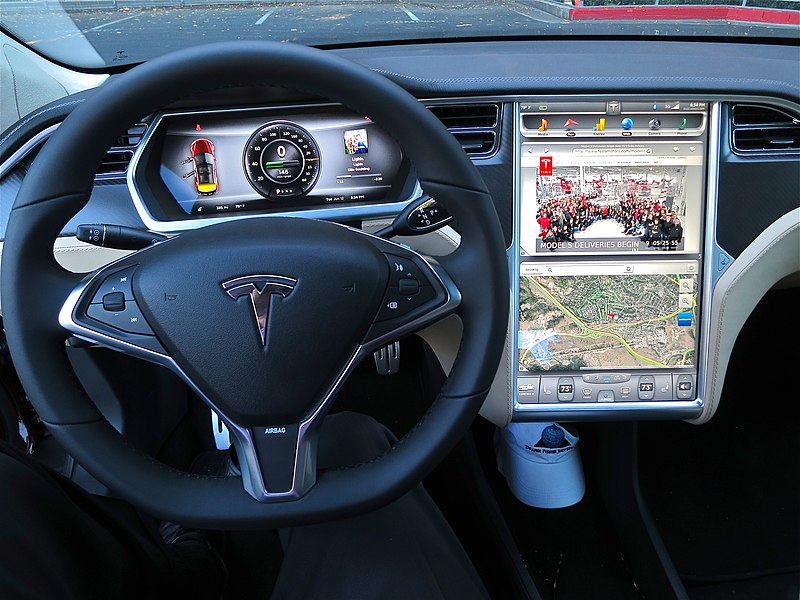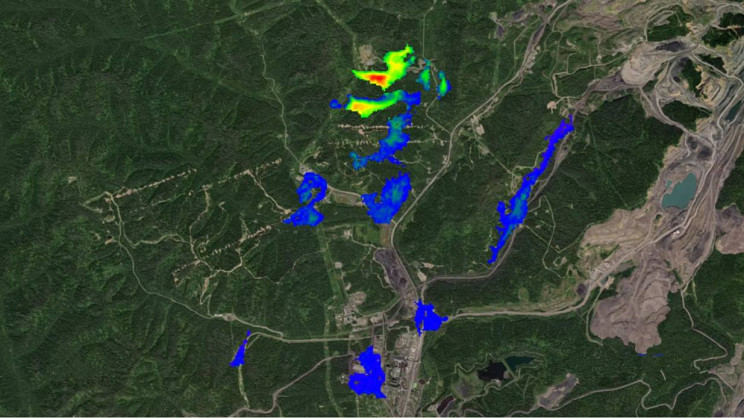Researchers at the Italian Institute of Technology (IIT), have developed a way to generate electricity from raindrops or wind. They have engineered an artificial leaf that can be integrated into plants for harvesting energy from leaves moving in the wind and raindrops falling on plants.
How it works:
This artificial leaf has a silicon elastomer layer on the bottom and fluorinated ethylene propylene (FEP) on the top.
When wind moves the leaves, they come into contact with the artificial leaf and generate static charges
“When the [leaves] move in the wind, the two surfaces touch each other and separate again, creating static charges on the plant leaf cuticle and on our device,” explains Fabian Meder, a researcher studying bioinspired soft robotics at the IIT.
“These charges are induced into the inner cellular tissue of the plant, where they create a current. We can harvest this current by an electrode inserted into the plant tissue.”
Researchers explained that their device functions perfectly under rainy or windy conditions. They can generate enough power to light up LED lights and power themselves.
Agricultural applications and remote environmental monitoring
Researchers foresee this technology could be used for creating self-powered sensors that can help observe plant health or monitor climate conditions.
While testing their device, scientists discovered that a single drop of water can directly power 11 LED lights. Moreover, it can produce voltage and current peaks of over 40 volts and 15 microamperes.







